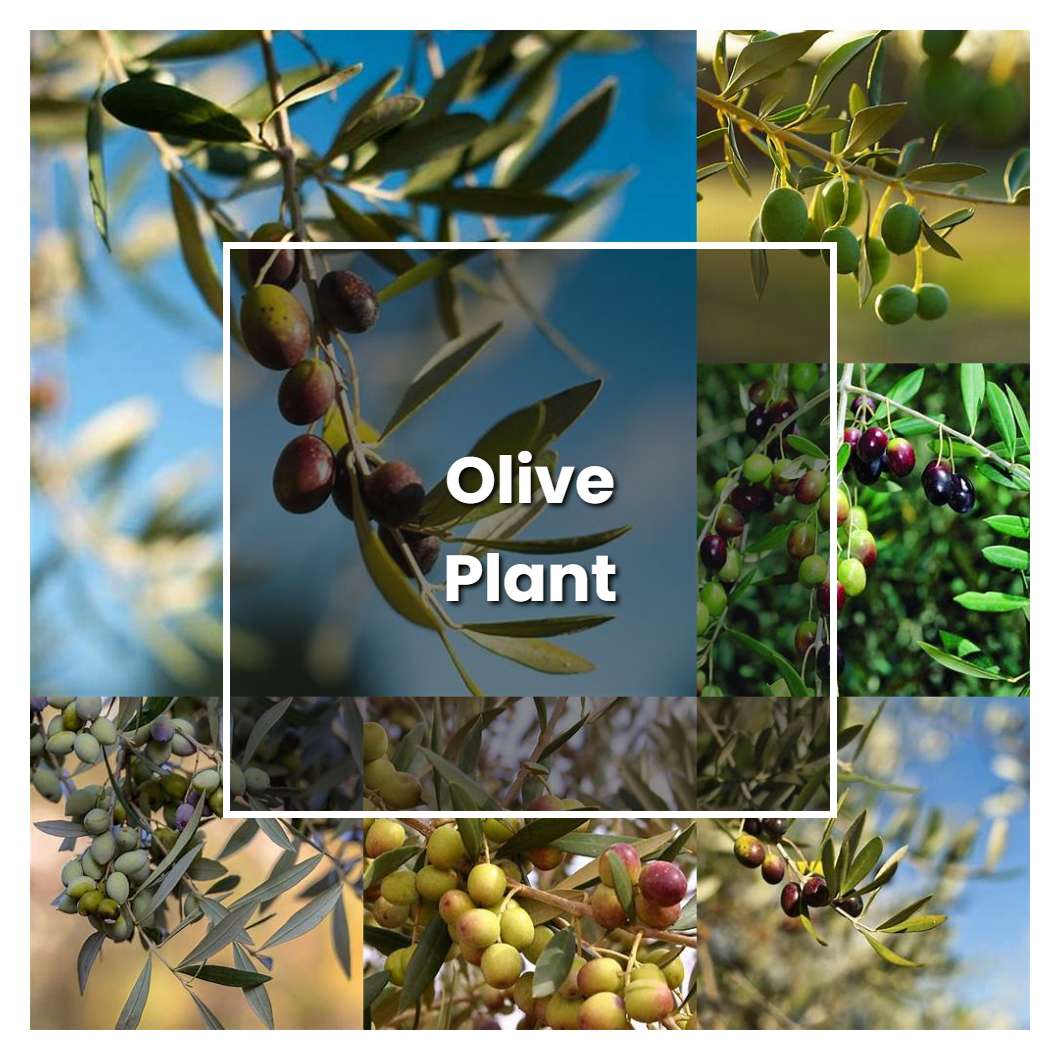Olive is a plant that is native to the Mediterranean Basin. The olive tree is an evergreen tree or shrub that grows to a height of 1520 metres (4966 ft). The olive is the fruit of the olive tree. Olives are a major source of olive oil.

Related plant:
Sweet Olive Shrub
Related plant:
Tea Olive Tree
About soil condition, the best type of soil for olive trees is a deep, well-drained soil with a pH of 7.0 or higher. The ideal soil is a loamy sand that is high in organic matter. Olives will not tolerate wet or poorly drained soils and will not grow well in clay soils.
Similar to other fruit and nut trees, olive trees need full sun to produce the most fruit. However, they are much more tolerant of heat and drought than most other trees. This makes them a good choice for areas that are prone to drought or heat waves.
The temperature condition in olive is moderately warm. The range of temperature is between 18 to 28 degrees Celsius. The daily temperature variation is about 4 to 6 degrees. The rainfall is about 30 to 40 inches annually. The humidity is about 60%.
Ideal humidity condition for this plant is between 40 to 60%. The plant does not tolerate very dry or very wet conditions. The leaves of the plant will start to drop if the humidity is too low. If the humidity is too high, the leaves will start to yellow.
Regarding fertilizer, this kind of plant doesn't require too much. In fact, too much fertilizer can actually harm the plant. It's best to use a light fertilizer every couple of months or so. When it comes to the roots of an olive tree, they are very strong and can withstand a lot of different weather conditions.
Pruning your olive tree is important to maintain its health and vigor. You will need to prune it annually, in late winter or early spring. The best time to prune is just before the tree begins to put out new growth. Pruning helps to control the size and shape of the tree, and also encourages new growth.
Propagation is the process of growing a new plant from a cutting or seed of an existing plant. olive trees are propagated from cuttings taken from the tips of branches. The cuttings are placed in a rooting hormone and then planted in a well-drained, sandy soil. They should be kept moist and in a sunny location until they have rooted. Once they have rooted, they can be transplanted into their permanent location.
Usually, the plant growth rate is determined by the cultivar, or olive variety. However, there are cultural practices that can impact the rate of olive growth. For example, pruning olives can encourage new growth and higher growth rates.
Common problems for this kind of plant plants are the pests and diseases. The most common pests are the olive fly, scale insects, and mites. The most common diseases are the olive wilt, root rot, and leaf spot.
Source:
Olive Fruit Fly - ucanr.edu
The Olive School
olive oil report 041211 final - UC Davis Olive Center
